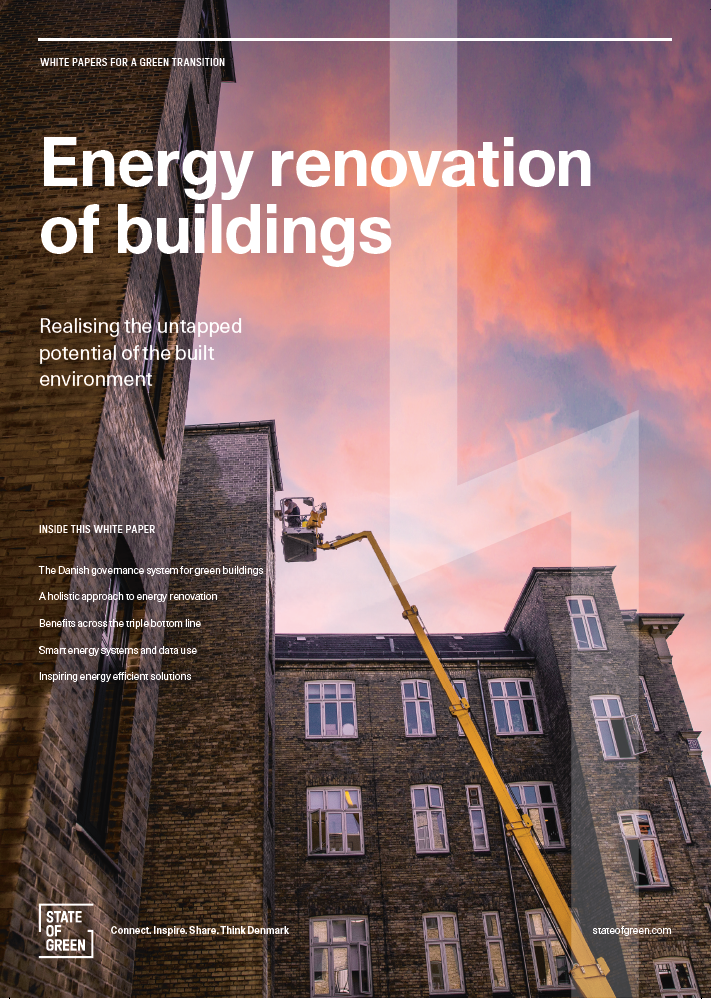Download our publication on energy renovation of buildings today
This article is part of our publication ‘Energy renovation of buildings’.
Download nowPerspective
Buildings
District cooling
District energy
+1


Comfort, safety, and affordability are the pillars of our vision to decarbonise our buildings by 2050. The world we are currently living in is in need of houses that are renovated to unprecedented efficiency levels. The remaining energy consumed in the buildings will soon be fuelled primarily by
renewable sources. Various appliances will need to interact with the grid, generators and common points of use. Thus, a house, a neighbourhood, and a city, must all strive towards reaching a balance of generation and consumption, which will allow for a flexible and dynamic sustainable transition.
We already have many examples of the necessary technologies and solutions here in the EU. As they continue to develop over time, they will also need to be used more widely.

This article is part of our publication ‘Energy renovation of buildings’.
Download nowThe largest challenge still lies with heating and cooling. Buildings in total generate around 36% of energy-related greenhouse gas emissions, with the heating and cooling sectors responsible for 80% of this figure. Reducing energy expenditure on heating therefore also has a direct impact on energy poverty and supports people’s health and wellbeing. Focusing on energy-efficient renovation policy is also important to ensure that the upgrades improve security the of the energy supply and correspond to the limitations of the energy system’s capacities. To be successful, a refurbishment project must conserve energy and resources to assist in lowering the carbon footprint of buildings over the course of its life cycle.
Both the public sector and companies will need to be increasingly attentive towards the needs of the consumers to secure a just transition and reach higher standards of energy performance, quality of life and aesthetics. The European Commission proposes to remove the existing barriers within the conventional construction sector and rebuild ties between the different stakeholders on the basis of transparency, exchange of data and affordability. In 2020, the Renovation Wave announced a roadmap to get this off the ground, and in 2021, the recast Energy Performance of Buildings Directive (EPBD) introduced upgraded energy performance and information standards for buildings. The Member States will continue to set their own path towards a common European objective to decarbonise Europe’s building stock, while the European Commission will be ready to assist them in every way necessary
solutions
Combined heat and power production
+6